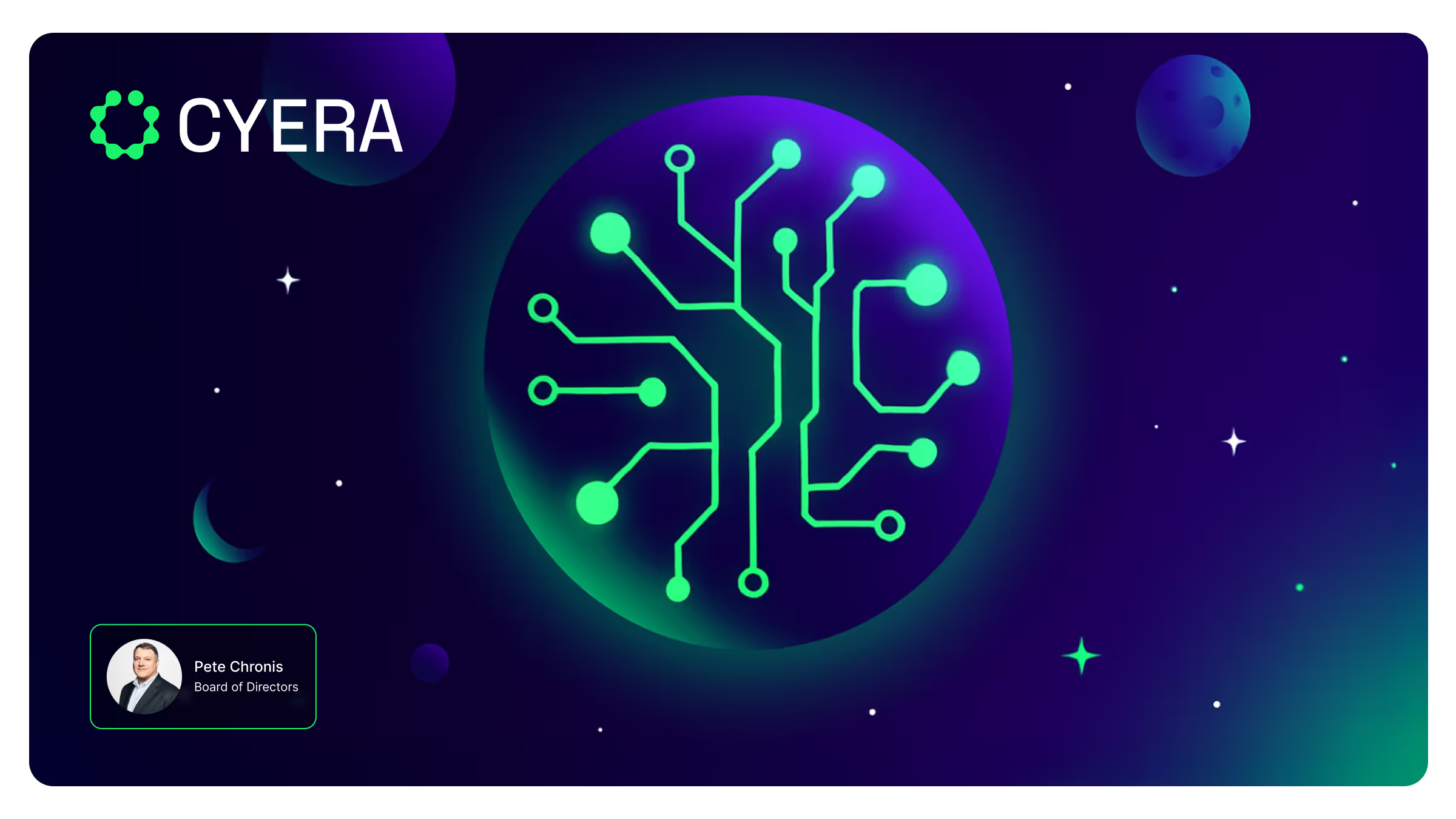Building Trustworthy AI: Comparing the MITRE AI Assurance Guide, NIST AI RMF, and CSA AICM

As AI systems become increasingly embedded in enterprise operations, the conversation has shifted from whether to adopt AI to how to do so responsibly. Organizations are now confronting a new set of challenges: How do we ensure AI systems are secure, explainable, and aligned with our values and regulatory obligations? Three of the most influential frameworks in the AI risk ecosystem—the MITRE AI Assurance Guide, the NIST AI Risk Management Framework (RMF), and the CSA AI Control Management (AICM)—offer complementary answers to that question.
Each framework approaches the problem from a different vantage point. The MITRE AI Assurance Guide is rooted in technical assurance practices. It’s a hands-on playbook for AI engineers, red teams, and testers, designed to evaluate whether AI systems are robust, resilient, and verifiable. It’s deeply informed by real-world threat scenarios, especially those documented in the MITRE ATLAS, and focuses heavily on model testing, adversarial robustness, and operational monitoring. Importantly, MITRE emphasizes data integrity, provenance, and input manipulation risks as key failure modes that can degrade model performance or introduce adversarial behavior—highlighting the foundational role of data security in AI assurance.
By contrast, the NIST AI RMF provides a strategic foundation for managing AI risks across an organization. Developed through a multistakeholder process, the framework introduces four high-level functions—Map, Measure, Manage, and Govern—to help organizations define their AI risk posture, identify potential harms, assess impact, and embed responsible AI principles into governance. Within this model, data security is treated as both a foundational enabler and a source of risk—addressing concerns such as privacy violations, unauthorized access, data quality, and lifecycle management. The RMF guides organizations to map data dependencies and ensure that controls are in place to mitigate risks at every stage, from collection to deployment.
If NIST outlines the “why” and MITRE shows the “how,” then CSA’s AI Control Management framework delivers the “what.” CSA AICM is a robust catalog of controls specifically designed for AI systems, including technical, procedural, and governance-level safeguards. These controls span the entire AI stack—from data pipelines and training environments to model deployment and third-party integrations. The AICM framework includes specific control domains dedicated to data classification, discovery, lineage, access controls, and integrity validation, making it the most prescriptive of the three when it comes to implementing enterprise-grade data security practices for AI systems.
Although these frameworks vary in scope and structure, they are not competing philosophies. Rather, they are mutually reinforcing. A mature AI governance program might begin with the NIST RMF to define enterprise objectives and risk tolerance, then use CSA AICM to implement concrete safeguards, and apply the MITRE AI Assurance Guide to pressure-test those systems under real-world conditions. In doing so, organizations can move beyond high-level principles and into a state of active, measurable assurance—especially in areas where data security is critical to maintaining trust, confidentiality, and system reliability.

Trustworthy AI Security/Assurance Frameworks
Trustworthy AI is not a product of policy alone, nor can it be guaranteed through technical testing in isolation. It is the result of thoughtful, layered governance that spans strategic intent, operational control, and technical integrity—with data security at the core. By understanding how MITRE, NIST, and CSA fit together, security leaders can better navigate the complexity of AI risk—and build systems that earn trust by design.
Gain full visibility
with our Data Risk Assessment.



